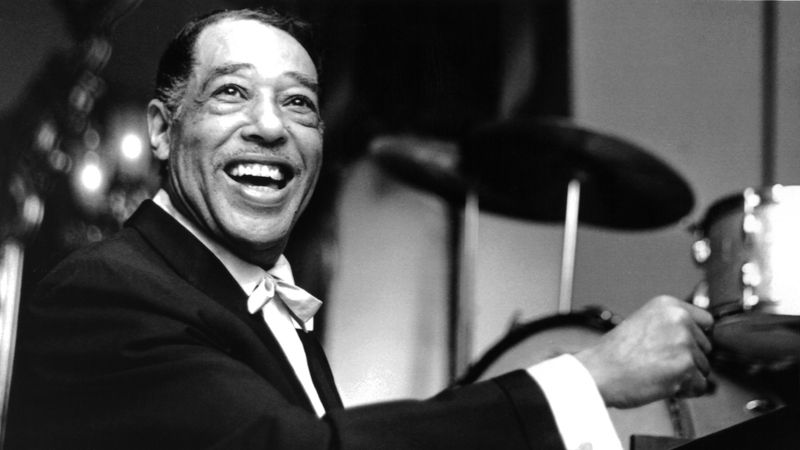
The Evolution of Duke Ellingtons Sound From the Cotton Club to Carnegie Hall
Duke Ellington is one of the most iconic figures in American music history, known for his innovative compositional style and distinct big band sound. His journey from the lively atmosphere of the Cotton Club to the grandeur of Carnegie Hall showcases a remarkable evolution in his music and artistic vision. Ellington began his career during the Harlem Renaissance, where he played at the Cotton Club, a venue that was instrumental in popularizing jazz. Here, he developed his band into one of the finest orchestras of the time, blending various musical elements and pushing the boundaries of jazz into a broader cultural phenomenon.
From Nightclubs to National Platforms
The Cotton Club served as the backdrop for Ellington’s early success, allowing him to reach a wide audience and experiment with new sounds. Performing for predominantly white audiences, Ellington’s music had to balance between being accessible and maintaining its roots in African American musical traditions. During this time, he crafted countless hits, including "Mood Indigo" and "It Don't Mean a Thing (If It Ain't Got That Swing)." These compositions highlighted his ability to weave complex melodies and harmonies that captured the essence of jazz while appealing to listeners from all walks of life.
Innovative Compositions and Rich Arrangements
What set Duke Ellington apart from his contemporaries was not only his exceptional pianistic skills but also his visionary approach to orchestrations. Unlike many big bandleaders of his era, Ellington treated his band members as soloists, encouraging individual expression within the arrangement. This resulted in a rich tapestry of sounds that characterized his music throughout the 1920s and 1930s. His use of vibrant interplays between instruments, particularly in pieces like "Take the ‘A’ Train," not only entertained but also introduced sophisticated musical ideas to mainstream jazz.
The Carnegie Hall Debut
By the time Ellington made his landmark debut at Carnegie Hall in 1943, he had transformed into a serious composer, fully embracing the idea of jazz as high art. The concert was a watershed moment for jazz, showcasing Ellington’s ambitious orchestral work "Black, Brown and Beige," which was a reflective piece on the African American experience. This performance solidified his status as a major figure in American music, bridging the gap between jazz and classical. The audience’s reception was overwhelming, illustrating how Ellington’s sound had evolved from nightclubs to the heights of American cultural institutions.
Embracing Global Influences
As he progressed further into his career, Ellington continued to expand his musical boundaries, drawing on global influences and incorporating a wide variety of styles into his compositions. His works began to reflect the world around him, tackling themes of love, race, and human experience. This adaptability kept his music relevant through changing times, allowing new generations to appreciate the depth of his artistry. Fans can celebrate Ellington’s legacy through various merchandise, including the "Duke Ellington Official Merch," which pays homage to his extraordinary life and influences and makes his music more accessible to the public.









